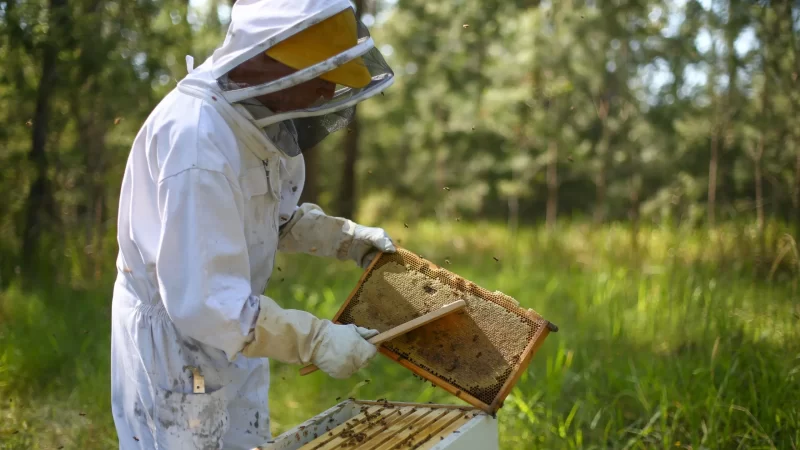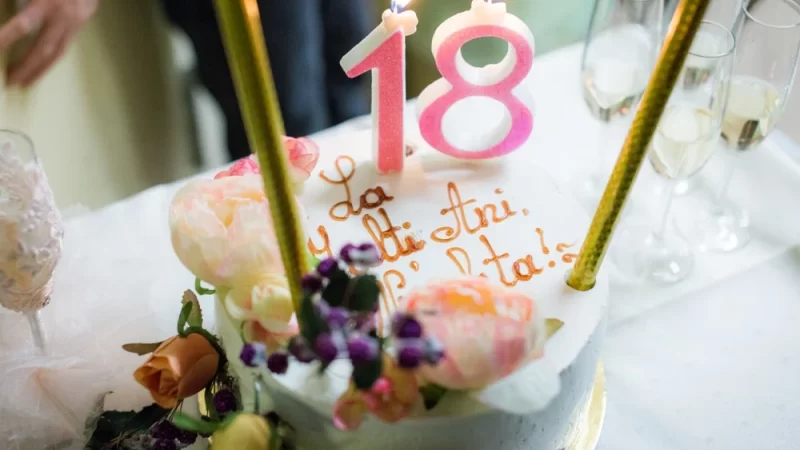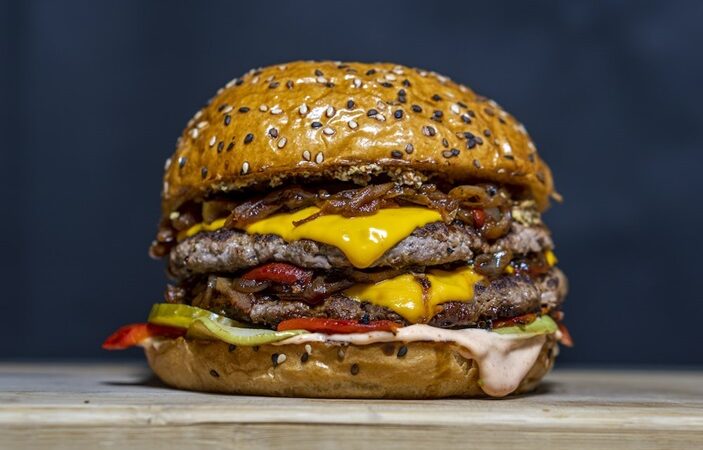Common Mistakes When Preparing Caramel Popcorn

Caramel popcorn is a beloved treat that has been enjoyed for generations. Its sweet and crunchy taste is irresistible to many, making it a popular choice for movie nights, parties, and even as a snack for everyday munching. However, despite its popularity, preparing caramel popcorn can be tricky. There are several common mistakes that people make when making this treat that can result in a less-than-perfect batch. These mistakes can range from using the wrong type of corn kernels to adding the caramel too early, resulting in a burnt taste.
What are the common mistakes when making caramel popcorn, anyway?
1. Overcooking leads to burnt popcorn
In the process of preparing caramel popcorn, it is important to avoid common mistakes that can lead to a subpar end product. One such mistake to avoid is overcooking, which can lead to burnt popcorn. Overcooking occurs when the popcorn is left in the oven for too long, causing the sugar in the caramel to burn and turn dark brown or black. This not only gives the popcorn an unpleasant taste but also affects its texture, making it hard and difficult to chew.
To prevent overcooking, it is recommended to keep a close eye on the popcorn while it is in the oven, checking it periodically and removing it as soon as it reaches the desired level of caramelization.
2. Adding salt too early ruins taste
When preparing caramel popcorn, it is important to avoid common mistakes that can ruin the taste and texture of the final product. One such mistake is adding salt too early in the cooking process. While salt is an important component of the caramel popcorn recipe and can enhance the flavor, adding it too early can lead to a bitter taste and a less than desirable texture. The salt will begin to draw out moisture from the sugar and prevent it from caramelizing properly.
To avoid this mistake, it is recommended to add salt towards the end of the cooking process or after the popcorn has been coated in the caramel mixture. By doing so, you will ensure that the salt enhances the flavor of the popcorn without compromising its texture or taste.
3. Using cold butter creates clumps
When preparing caramel popcorn, using cold butter can lead to clumps in the caramel sauce. This is a common mistake made by many people, particularly those who are new to making caramel popcorn. When butter is added to the caramel mixture, it should be at room temperature to ensure that it fully blends with the other ingredients. Cold butter will not melt properly, leading to clumps in the caramel sauce.
To avoid this problem, it is recommended to take the butter out of the refrigerator and let it sit at room temperature for at least 30 minutes before using it in the recipe. Using room temperature butter will ensure a smooth and consistent caramel sauce for your popcorn.
4. Pouring hot caramel melts popcorn
In the process of making caramel popcorn, pouring hot caramel over popcorn is a crucial step that can often lead to mistakes if not done correctly. One common mistake is pouring the caramel directly onto the popcorn while it is still too hot, causing the popcorn to clump together and lose its crispness. It is important to allow the caramel to cool for a few minutes before pouring it over the popcorn, as this will help to evenly distribute the caramel and prevent clumping.
Additionally, it is important to continually stir the popcorn as the caramel is being poured in order to ensure that each kernel is coated evenly and thoroughly. Taking the time to properly pour the hot caramel will result in a delicious and evenly coated batch of caramel popcorn.
5. Not stirring enough causes sticking.
Not stirring enough causes sticking. This is one of the most common mistakes when preparing caramel popcorn. When the sugar and butter mixture reaches a high temperature, it can easily burn and stick to the bottom of the pot if not stirred constantly. This can result in a bitter taste and unevenly coated popcorn.
To prevent this, it is important to stir the mixture constantly. Use a heat-resistant spatula to scrape the bottom and sides of the pot to ensure that all the sugar is melted and evenly distributed. Additionally, avoid using too high of heat, which can cause the sugar to burn quickly. A medium heat setting is ideal for caramelizing the sugar without burning it. By following these tips, you can ensure that your caramel popcorn turns out perfectly every time.






